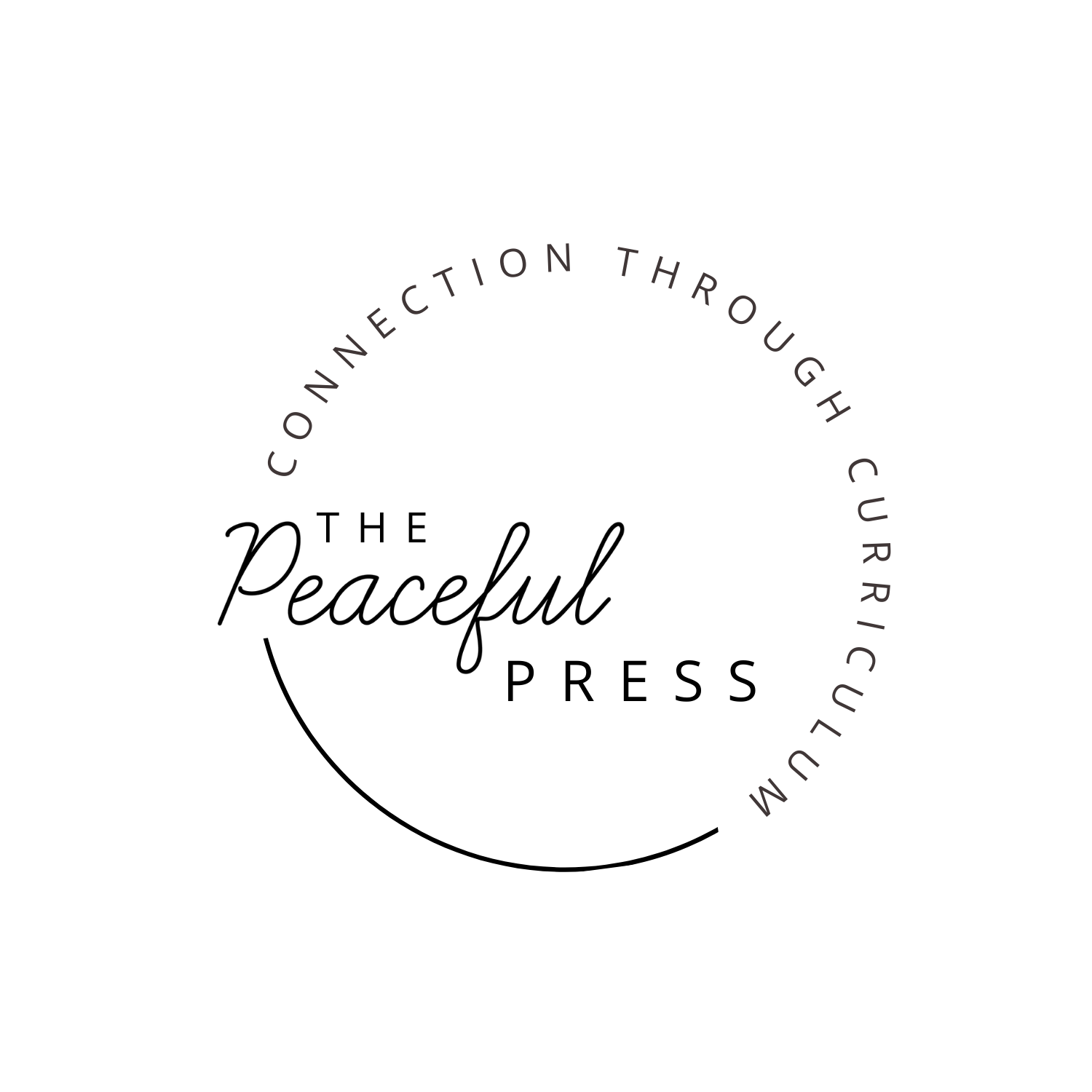Math As They Grow
As I mentioned in this post, my own math instruction as a child was concentrated on workbooks and left me ill-prepared to understand more advanced math. In the last few years, I have come to the realization that our own attitude about math affects how we teach it, and I've taken pains to project a more positive attitude towards math instruction.
I love the way many Montessori schools present math, and when my children were preschool age, I would make sure and present all math concepts using these hands on methods.
Check out The Peaceful Preschool for hands on math ideas for young children.
With my older children, I transitioned them into more traditional math programs, but was happy to start Right Start Math with my youngest son. I've loved the concrete way that they present math concepts, and have found my own mental math skills strengthened as I've been using it with my son.
Right Start also uses playful activities, such as games, to reinforce skills instead of tedious drills and flashcards. Playful forms of learning are much more attractive than drills and flashcard to many of us as adults, as well as to our children. They help us retain the information that we have learned.
Finding the right math program for your early elementary student might require a little research. Each parent and child has a different learning style, and learning styles have a lot of bearing on your child's success with a program. As well, many children are not developmentally ready for abstract learning, so programs that rush this with too many worksheets can ultimately make math more difficult later on.
For your preschool learners, keep using the counting and fine motor skills included in The Peaceful Preschool curriculum, as well as playing math games and counting throughout your day.
For kindergarten students, keep on counting and playing math games. If they are ready for more math, start with Right Start Math or Math U See.
For later elementary students, if they have a strong command of underlying math principals through Right Start or Math U See, Teaching Textbooks is a great resource. I added it last year with my third grade student and appreciated the extra accountability and motivation. My children enjoyed hopping on to get a lesson done, and it reinforced what we were learning with Right Start. If you do switch your children to computer based math, make sure they have learned good study skills, including concepts such as writing math problems clearly, labeling papers, and watching the full lecture, before you set them up with a more independent math program. I've learned from experience that my older children started to struggle with computer based math when they didn't follow these steps. My bad for not holding them accountable.
If they need additional help, and homeschooling is your educational choice, look for a math tutor or group class that they can join. Even Khan Academy can be a valuable resource in making math meaningful for your children. We've also found some math apps, such as Smartick can be a valuable resource in developing strong math learners.
Finally, no matter what math program you choose, try to use positive words to describe math, and help them to see that math skills are an important part of our daily life.
Check out our other curriculum for elementary students:
This post contains affiliate links, thanks for clicking through and supporting our site.



